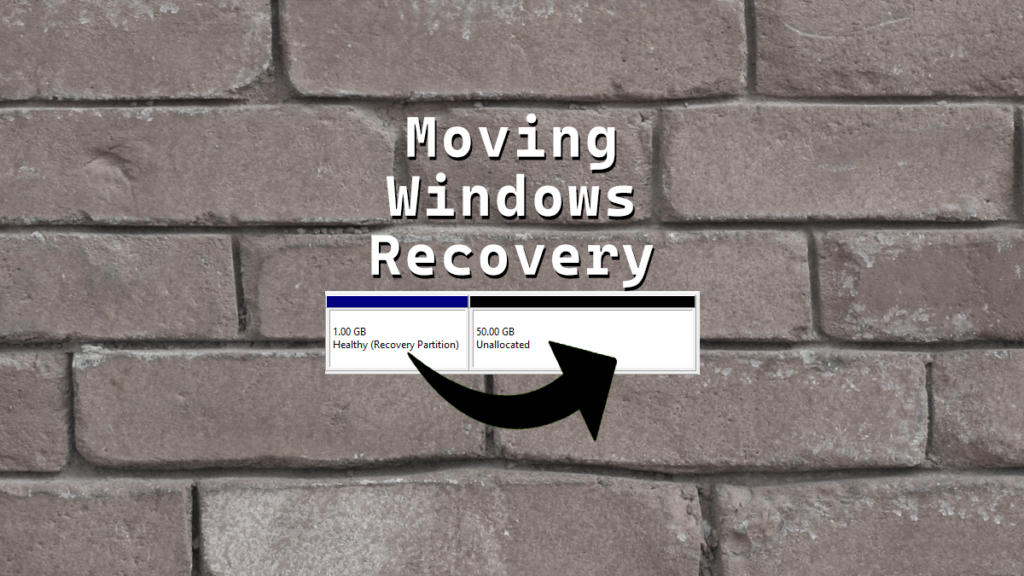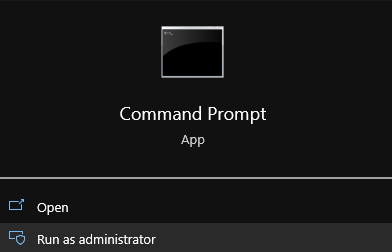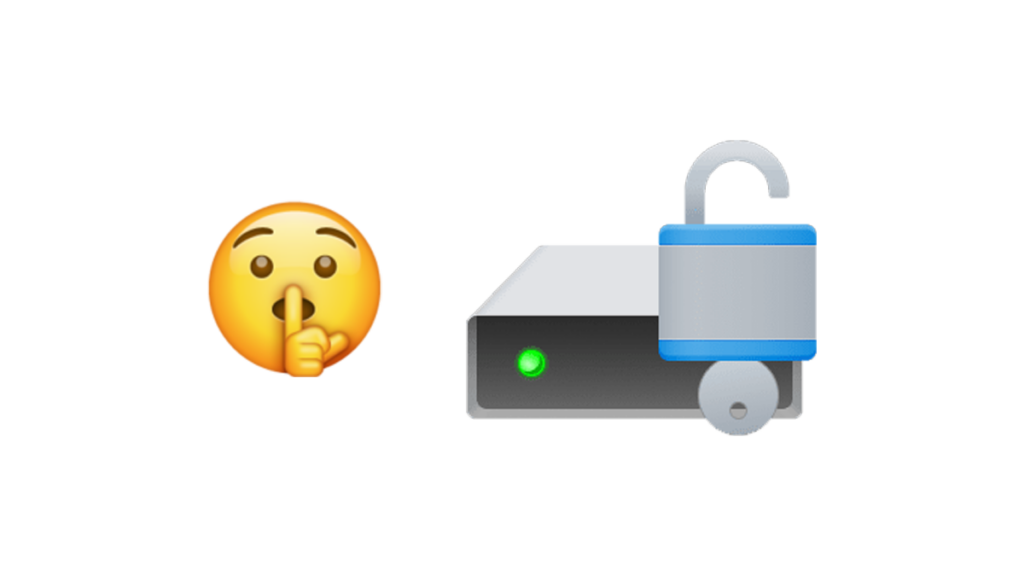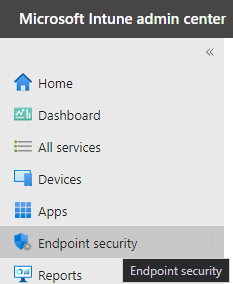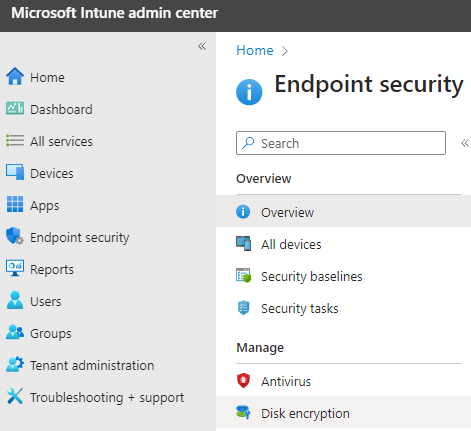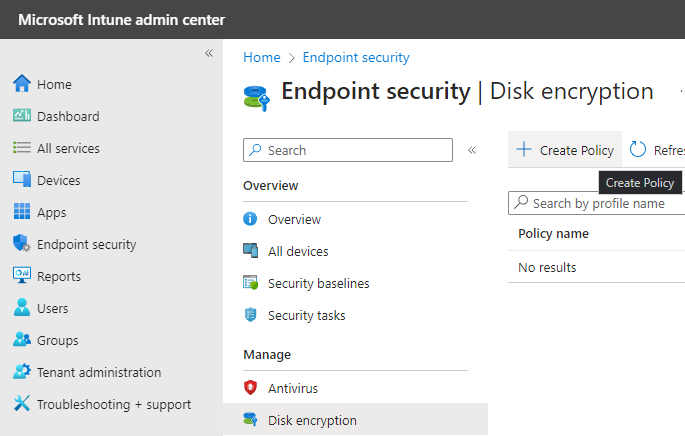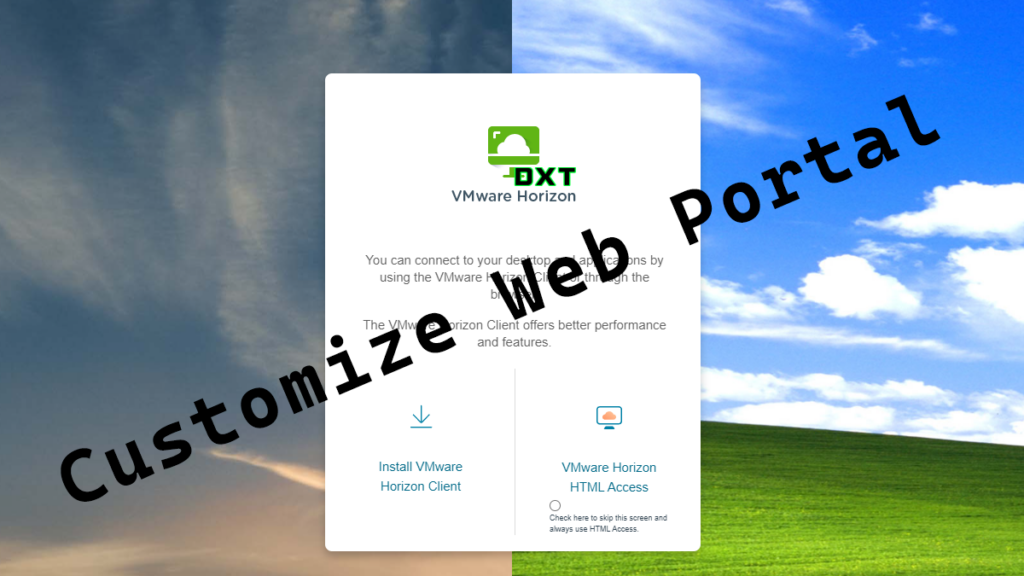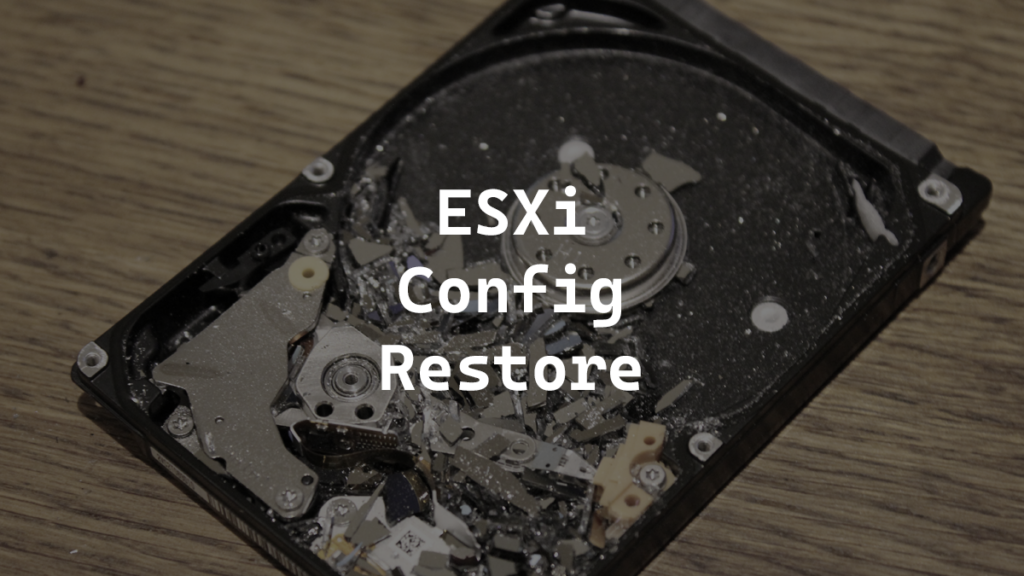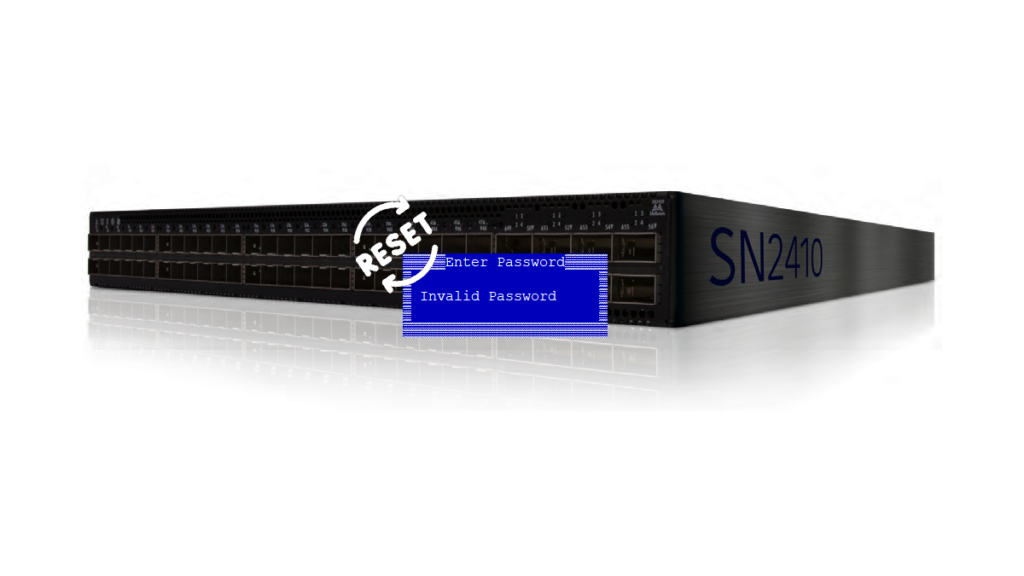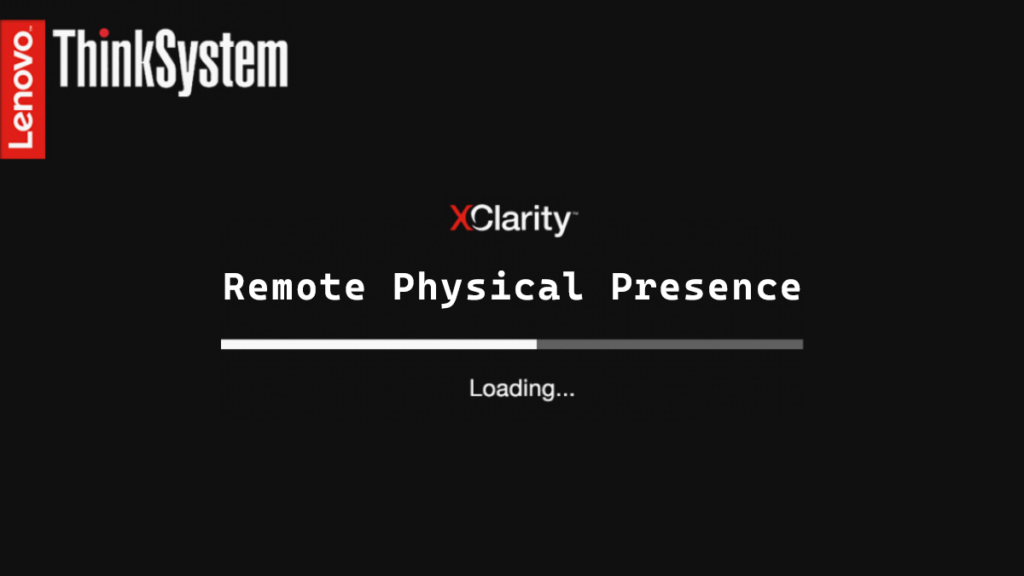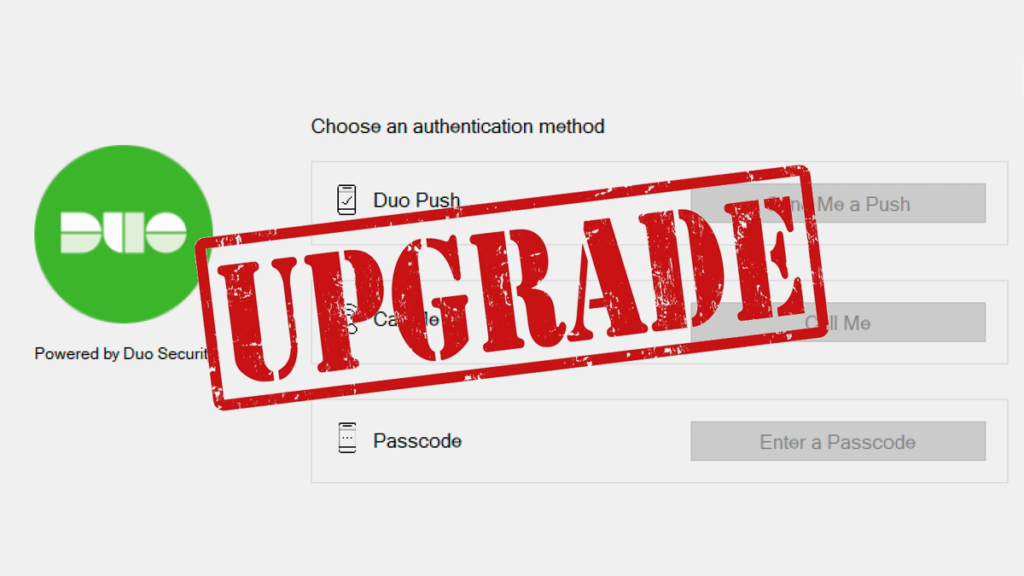The default setup of Windows Active Directory is no central store. A central store is a central place to store your group policy definitions. If you only have one domain controller and make all your GPOs (Group Policy Objects) on that domain controller this likely wouldn’t be much of a problem.
The limitations start to show their faces when you have a second domain controller or you use a different system to make your GPOs. They also show up if you import GPOs that were build using newer group policy definitions. If you want to know how to import GPOs from another system I detailed the full process in a post called GPO Export and Import.
When you create or edit a GPO with the Group Policy Management Editor it checks to see if it can find a central store, if it can’t find one or if none exist it uses the group policy definitions from your computer which are stored in C:\Windows\PolicyDefinitions.

Here’s how to create an Active Directory Central Store for all your group policy definitions on your domain.
…
